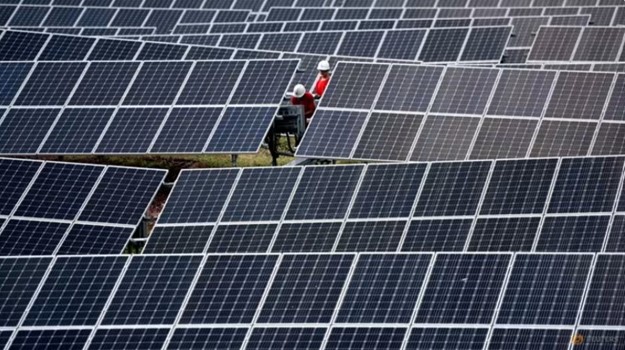
China Issues Guidelines for Green Power Trading with Market-Based Approach
China has introduced new guidelines for medium- and long-term green power trading, emphasizing a market-driven approach, according to a notice published on the state planner's website on Friday.
The guidelines, jointly issued by the National Development and Reform Commission (NDRC) and the National Energy Administration (NEA), establish a pricing mechanism where green power prices will be calculated by adding the electricity price to the price of green certificates. These green certificates, issued by the NEA, are tradable assets representing 1,000 kilowatt-hours (kWh) of renewable energy consumption each.
The guidelines stipulate that transactions should not be subject to any price caps, except where specified by the state, and caution that green power trading should not be used to covertly reduce prices.
Green power trading is designed to encourage the consumption of green electricity through market mechanisms, supporting China's shift away from reliance on government subsidies. The guidelines also aim to standardize green power trading practices across different regions.
Since 2021, green power trading has been piloted in Beijing, Guangzhou, and Inner Mongolia, though each region has had its own set of rules and pricing mechanisms, according to an online Q&A from the energy regulator. The volume of green power transactions grew by an average of 283% from 2021 to 2023, with 69.7 billion kilowatt-hours traded during that period, accounting for about 1% of China's total electricity consumption last year.
The new guidelines also seek to facilitate the participation of export-oriented businesses in green power trading. However, researchers have noted that it remains unclear to what extent China's green certificates will be recognized internationally.
The guidelines cover various renewable energy sources, including wind, solar (both centralized and distributed), hydro, and geothermal power.
China is in the process of reforming its power sector with the goal of creating a unified national spot market by 2030. However, most transactions are still conducted through medium- and long-term contracts.